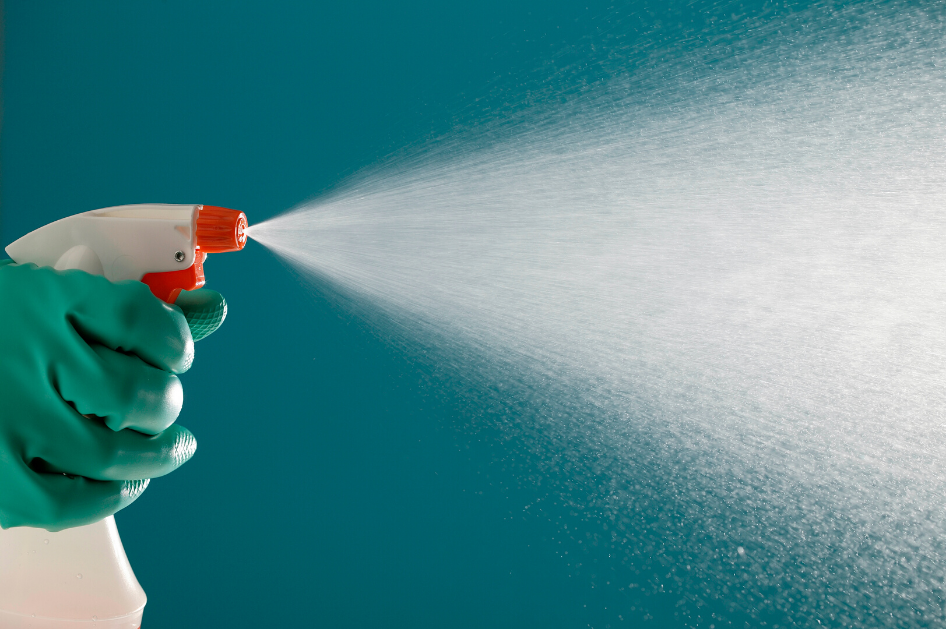
Blog
Bleach and Patriotism: What a Year’s Worth of Economic Data Says About CPG’s Pandemic Response
I never imagined it would feel patriotic to manufacture bleach.
Don’t get me wrong — it’s a privilege to represent an industry whose products are in every American home, every day. But when COVID-19 hit, the industry wasn’t just making bleach (and toilet paper, coffee, cereal and thousands of other products), it was doing its part to help Americans stay home and stay safe.
For more than a year, the consumer packaged goods (CPG) industry has been up against unrelenting demand — and it has continued to deliver. Consumer Brands’ CPG Economic Pulse: 2020 in Review takes an in-depth look at the data that is the paper trail that shows how the industry rallied at a critical moment.
Perhaps one of the most surprising results of pandemic response is that the system didn’t break. It bent, but it didn’t break, and that alone is remarkable. After an extraordinary 21% jump in sales in March 2020, the evidence of panic buying that wiped store shelves clean, the industry recovered and pivoted to a changed world.
Even as the months wore on and sales rarely slipped below a 10% year-over-year increase, consumers didn’t see empty shelves again. A November 23, 2020 USA Today headline rang the alarm: “Don’t count on finding toilet paper on your next run to Target or Walmart: COVID-19 panic buying is on a roll again.” But fears of widespread shortages didn’t materialize. That’s a credit to an industry that adapted on the fly and to relationships with retailers that have grown stronger in the last year.
Continuing to show up for consumers drove increased trust throughout 2020. In a series of surveys, Consumer Brands saw consumer trust consistently rise for two primary reasons: one, people had the things they needed; two, the industry rewarded the essential employees it depended on.
Both a McKinsey survey of C-suite leaders at 21 CPG companies and the Bureau of Labor Statistics (BLS) saw increased wages, coming through incentives, bonuses and hourly pay raises. BLS reported wages for food manufacturing in the third quarter of 2020 were 3.4% higher than a year earlier, while the rest of the economy experienced a decline. CPG companies continue to add to their ranks. While not immune to the job losses at the outset of the pandemic, the industry quickly recouped jobs and reached 98% of its pre-pandemic levels by October.
At its core, this industry is human-powered. And the people behind the products did everything they could to boost production. From adding new facilities to running 24/7 operations, creating capacity wasn’t easy — and it came at a cost. In addition to paying higher wages, the same McKinsey survey found that CPG companies experienced higher costs for sourcing raw materials, warehousing and transporting goods. It puts what could look like booming sales in perspective. But sales is a misnomer — in 2020, “sales” is just code for demand. And from what we’ve seen so far in 2021, the industry is still sprinting a demand marathon.
2020 was a historical anomaly in every way, and certainly regarding economic data. Its conclusion doesn’t inform the future so much as tell a story about the CPG industry’s response to incredible demand — demand that didn’t slow just because the year ended. As weeks wore on to months and months wore on to more than a year, we have been there for the people who depended on us, no matter the cost. In hindsight, what could be more patriotic than that?
Published on April 19, 2021




